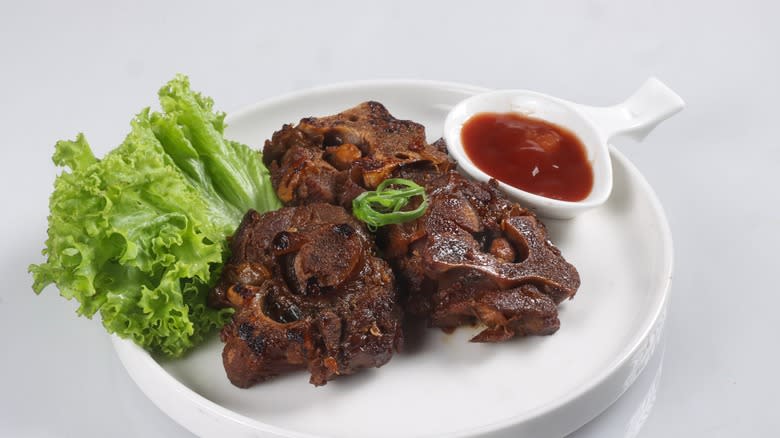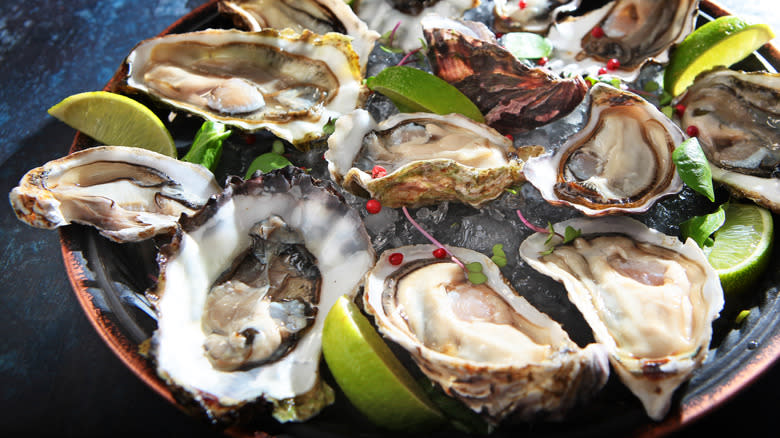We may receive a commission on purchases made from links.
The strides in gourmet cooking in America over the past few decades have led to items popping up on five-star restaurant menus that might never have done so in the past. These could be sweetbreads (typically the thymus or pancreas of veal, lamb, beef, or pork), alligator tail (once a province of the American South), or steak tartare (raw ground meat served with seasonings and topped with an egg). But another cut of meat shows up a lot on high-end menus now: Oxtail, the tail of any beef cattle or veal.
But though it’s now a wildly desirable ingredient beloved by creative chefs interested in gourmet dishes, oxtail wasn’t always so highly regarded by the wealthy and powerful. Though oxtail is eaten around the world — it has a significant presence in Italian and Chinese cuisines, for instance — throughout history in the Americas, it has primarily been popular among people of African descent, either in the Caribbean or the American South. Since those groups have spent part of their history being suppressed at the lower end of the socioeconomic scale by the powerful elements of society, this means oxtail was once considered food for the impoverished.
Read more: 6 Meats You Should And Shouldn’t Buy From Walmart
Oxtail Was Once A Throw-Away Cut Given To Enslaved People


Oxtail — which is rich in tough connective tissue — was long seen as an undesirable part of the cow, so it’s unsurprising that it was one of the cuts given to enslaved Africans to eat. Like many other foods (cornmeal plays a significant role in Jamaican cuisine, for instance), these enslaved people used their creativity to turn something slavers considered trash into a rich, delicious dish. After slavery ended, their descendants kept eating it because, well, it was tasty as heck and still a cheap cut of meat since most of the upper classes hadn’t caught on to its value yet.
Now, though, the interconnected nature of the world means good foods have a harder time flying under the radar. So it’s good that it’s becoming more high-end, right? Well … maybe not. The problem here is food gentrification, when an ingredient becomes highly sought-after by more economically advantaged groups, therefore raising its cost and pricing out the groups that made it successful in the first place. So there’s plenty of downside to the rise in its perceived status, too.
Attitudes Towards Other Foods Have Changed, Too


This is also far from the only time we’ve seen the phenomenon where foods originally considered beneath the tastes of the rich and powerful eventually become wildly sought after. You might know about lobster: Though the famous story about New England prisoners rioting over being fed too much lobster is likely made up, the curious-looking crustaceans were certainly seen as something akin to vermin.
But there’s more. Even as recently as 20 years ago, quinoa — now the super-grain of the American middle class — was a dish mainly eaten by impoverished Peruvians. Oysters were once so plentiful they were mainly only eaten by the poor, but their reduction in numbers due to pollution drove up their prices and made them a delicacy. Modern sushi, too, was originally a street food.
Oxtail follows the same pattern as these other foods — but that doesn’t mean we should forget where it came from. The legacy of oxtail should be protected, and those who made it great in the first place should always get their due.
Read the original article on Daily Meal.







